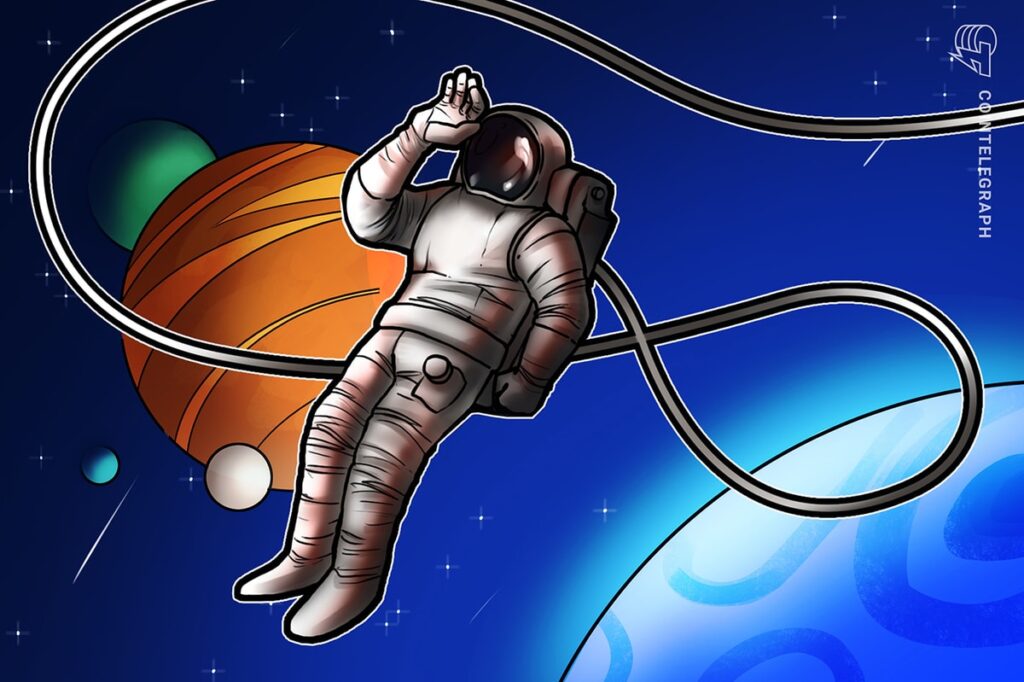NASA created a VR metaverse to prepare astronauts for life on the lunar space station

While most of us spend our time in Metaverse commercial properties or walking around in virtual reality on legless avatars, astronauts working with NASA and SpaceX are using it to prepare for life on the yet-to-be-built lunar space station.
According to NASA, the first humans to make their home in deep space will be the team operating the space station currently under development called Gateway.
NASA, in a recent blog post, described Gateway as a “next-generation science lab, solar-powered spacecraft and home away from home” for international astronauts.
Astronauts typically prepare for new missions in person and using computer-based simulators. But the advent of modern virtual reality headsets and advanced spatial computing technologies have allowed those who plan to occupy deep space to acquire the skills necessary to work and live in an immersive 3-D environment.
The United States says Gateway will make its first mission outside Earth before 2025, when its critical power and propulsion systems will orbit the moon.
His mission is far greater than his humble beginnings in Earth's backyard. According to NASA, Gateway is being developed as a launchpad for the US-based Artemis program to build a crew on the moon, the next step in the effort to put humans on Mars.
According to NASA:
“Gateway is a critical component of the NASA-led Artemis missions returning to the Moon and charting the path for the first human missions to Mars. The tiny space station will orbit the Moon and provide essential support for lunar surface missions, access to science and a starting point for further deep space exploration.
Astronauts tasked with maintaining and operating Gateway face the daunting task of becoming the world's first orbital station crew to live and work in deep space – 386,243 kilometers from Earth. For comparison, astronauts aboard the International Space Station, launched in 1998, operate at an average distance of 400 kilometers from Earth.
RELATED: Moon Colonization ‘Impossible' By 2030 But That's Not The Point – MoonDAO












